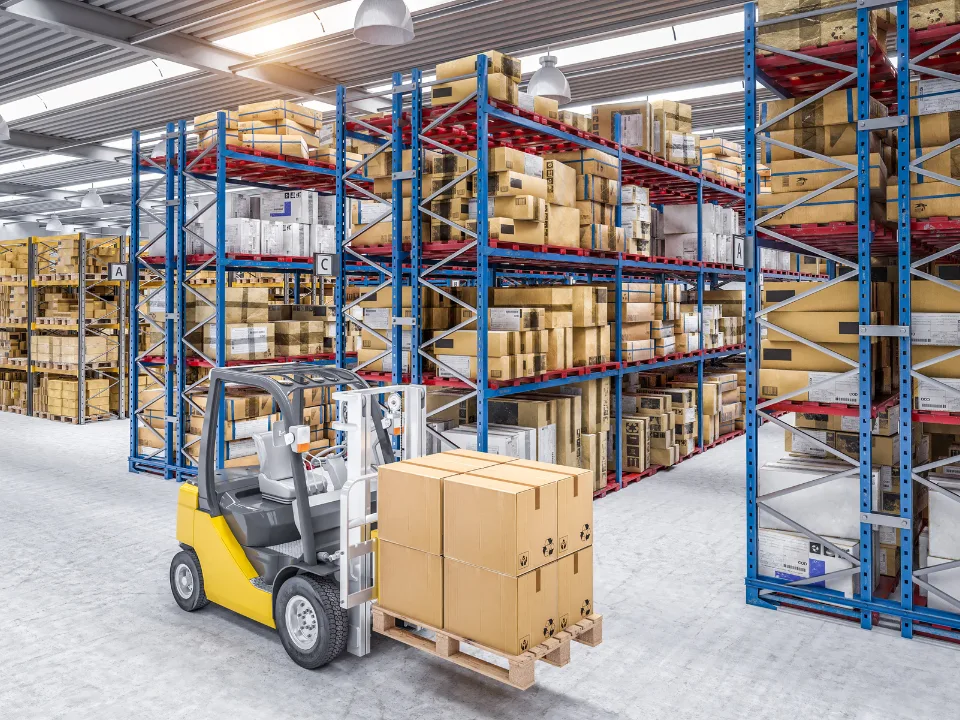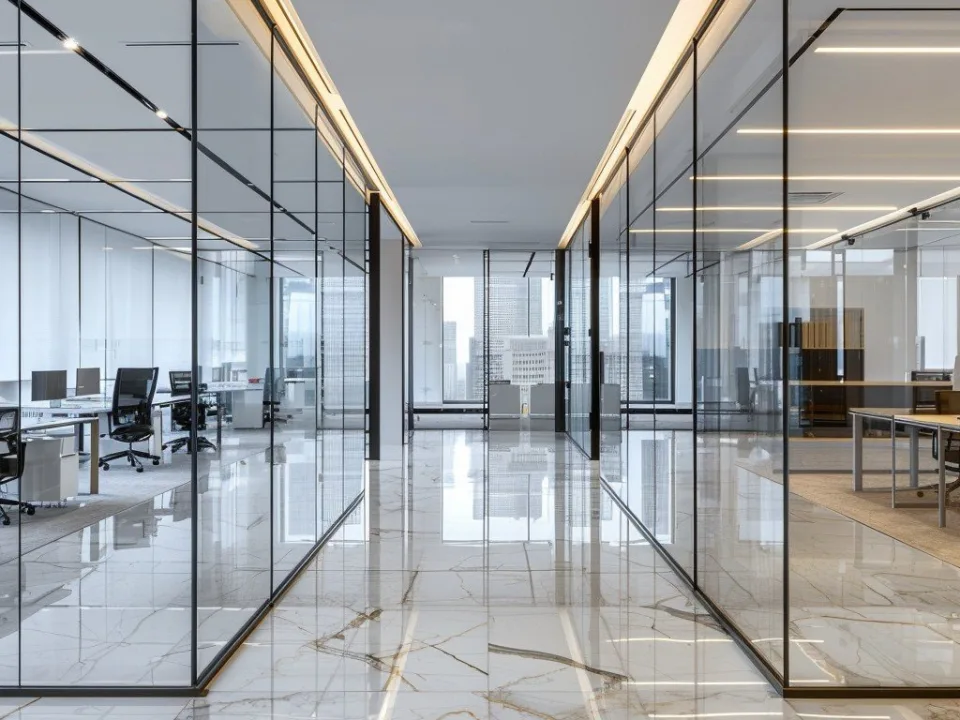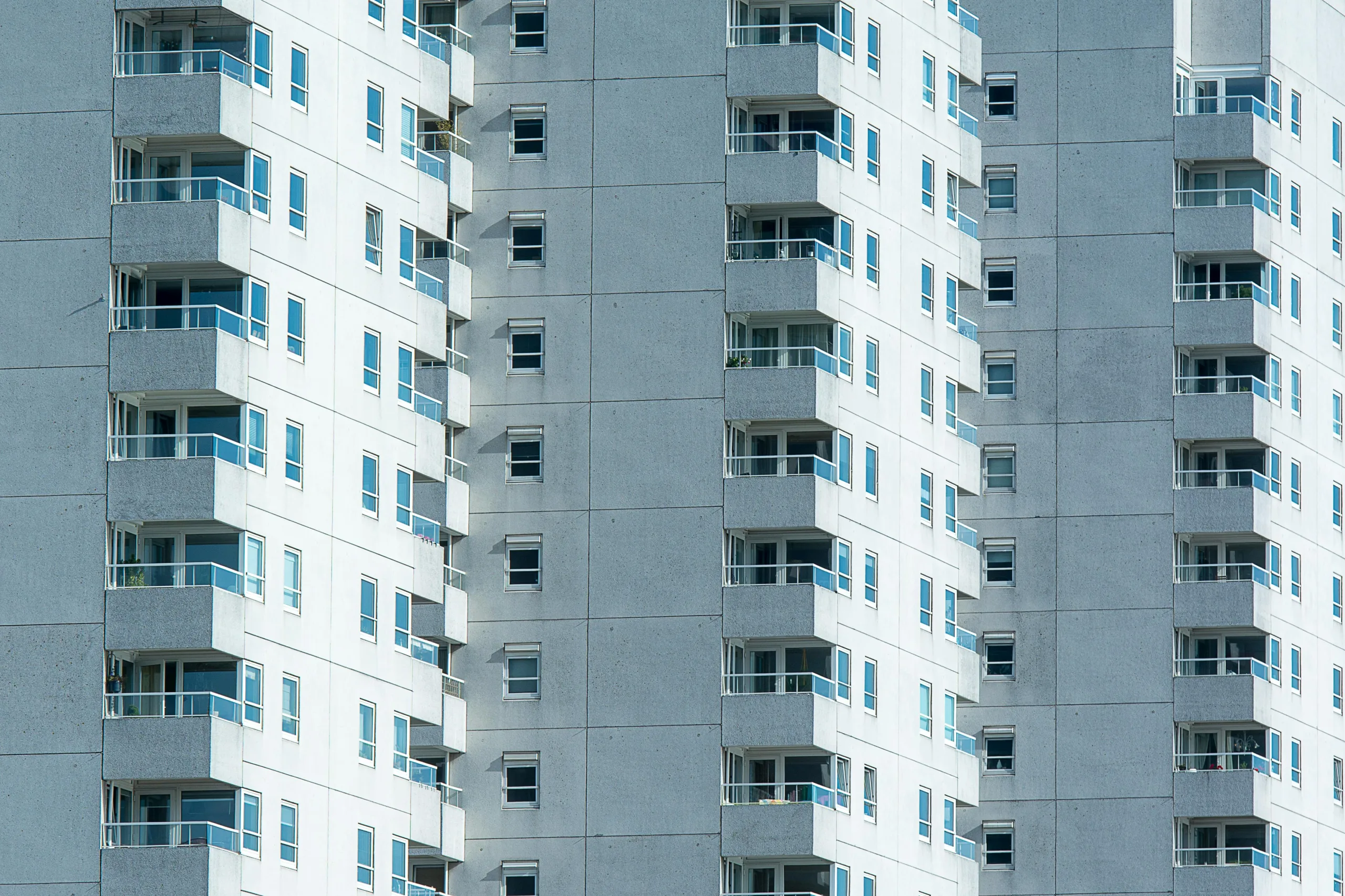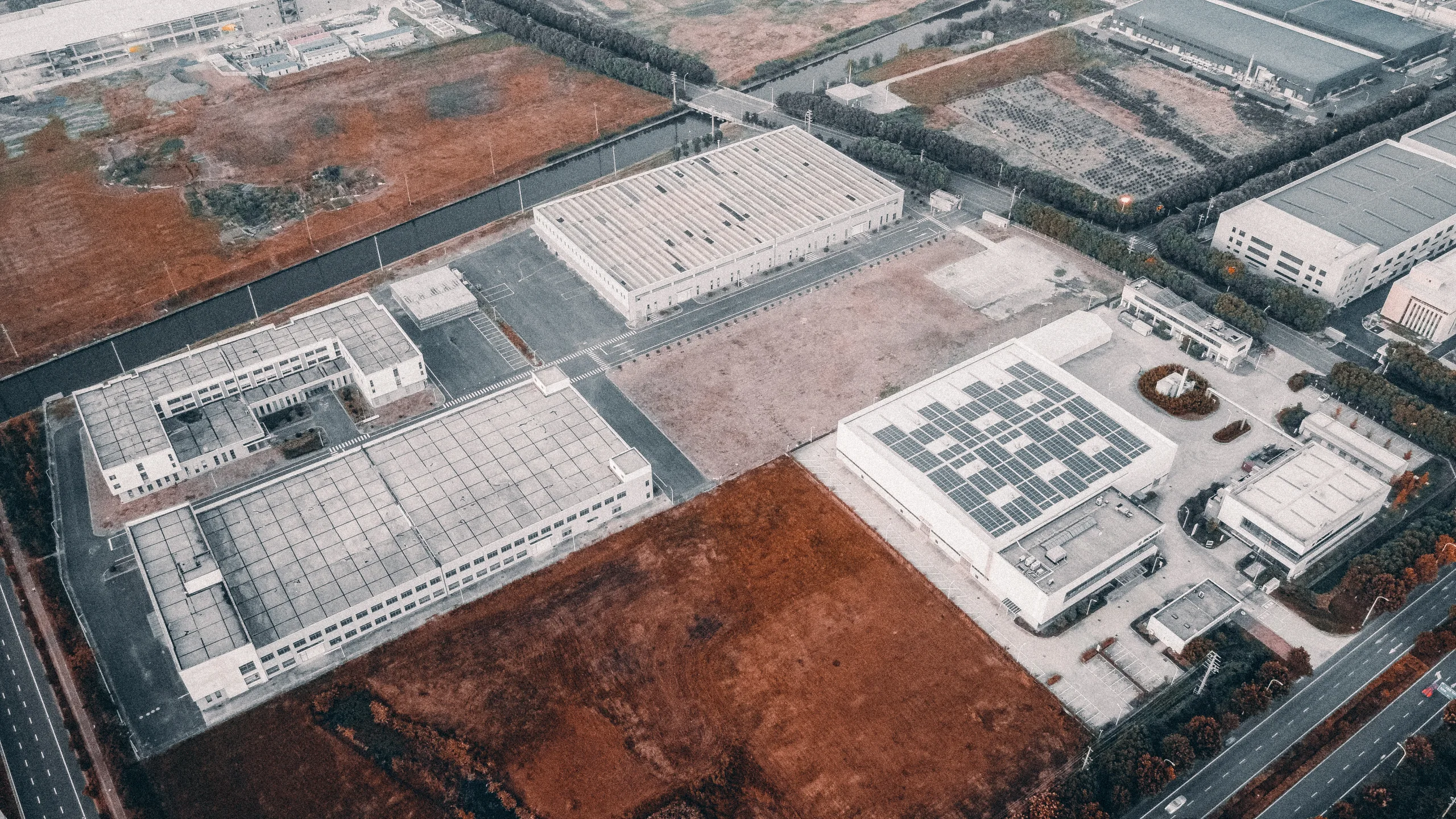- Tariff uncertainty has created short-term instability in the industrial market, but e-commerce sales — which surged 8.0% year-over-year in 2024 — are keeping long-term demand strong.
- National in-place industrial rents averaged $8.44 PSF in March 2025, up 6.8% year-over-year, with the Sun Belt leading rent growth.
- New construction starts have slowed, but 345.5M square feet remain under construction nationally, with Phoenix emerging as a major hub for data centers and manufacturing.
- National vacancy rates climbed to 8.5%, but experts forecast stabilization later this year as leasing activity rebounds once tariff negotiations settle.
E-Commerce Powers Demand
The industrial market faces near-term challenges as tariff talks have prompted delays in leasing and development decisions, as reported by Yardi Matrix.
However, the e-commerce sector is providing a major source of resilience. Online sales soared by $88.5B in 2024, reaching $1.19T and representing 19% of core retail sales. E-commerce transactions require roughly three times more warehouse space per dollar compared to traditional retail, ensuring demand for logistics space remains strong over the long haul.
Amazon, after pausing expansions post-pandemic, is reportedly exploring a $15B distribution center growth initiative, underscoring the sector’s underlying strength.
Rent and Occupancy
Nationally, industrial rents averaged $8.44 PSF in March 2025, marking a 6.8% rise over the past year. The Sun Belt outperformed, with Nashville (+10.2%), Atlanta (+9.5%), Miami (+9.2%), and Dallas (+8.5%) posting strong rent growth. New Jersey topped the list with an 11.3% year-over-year rent increase.
Vacancy rates edged up to 8.5%, a 30 basis point jump from the previous month. Analysts predict vacancies will plateau later this year before trending downward in 2026 as leasing activity resumes.
Get Smarter about what matters in CRE
Stay ahead of trends in commercial real estate with CRE Daily – the free newsletter delivering everything you need to start your day in just 5-minutes
Phoenix’s New Role
Nationally, 345.5M SF of industrial space are under construction — about 1.7% of total stock. Tariff-related material costs, particularly a 25% tariff on steel and aluminum, have slowed new starts. Phoenix, once a distribution-heavy market, now sees nearly 40% of its new construction focused on data centers, reflecting broader shifts in industrial development priorities.
Why It Matters
Even amid tariff-induced uncertainty, e-commerce and supply chain shifts are keeping industrial real estate demand robust. Industrial landlords are benefiting from strong fundamentals, especially in Sun Belt and inland logistics hubs, though rising costs and global trade policies will shape near-term performance.
What’s Next
As the effects of new tariffs ripple through the economy, developers and investors are adopting a wait-and-see approach. However, e-commerce’s growth trajectory and evolving needs for data centers and manufacturing space position industrial real estate for a strong rebound once market clarity improves.


















